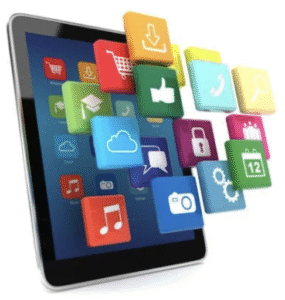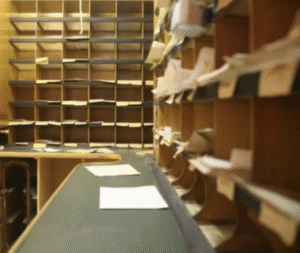Your Mail, Your Way: Integrating Campus Mail with the Digital Ecosystem
Modernizing university print and mail services critically involves their seamless integration with the broader digital campus ecosystem. This connectivity is transforming how students, faculty, and staff interact with mail services, making them more convenient and efficient.
Mail Services to Student Portals and Mobile App

Seamless integration means connecting mail and package information with existing campus platforms such as Student Information Systems (SIS) and Learning Management Systems (LMS), as well as dedicated student portals and university-branded mobile applications. Such integration provides users with convenient access to essential mail-related information through the digital channels they already use regularly.
For example, users can track the real-time status of their packages, receive automated notifications upon delivery, and access self-service options such as updating their mailing address or submitting mail forwarding requests, all from their preferred devices. This level of integration aligns with the expectations of today’s digitally native students and significantly enhances their overall campus experience by providing a unified and convenient access point for a range of essential services, making interactions with the university more streamlined and efficient
The Rise of the Digital Mailroom

Another significant technological innovation impacting university mail services is the concept and implementation of the “digital mailroom.” In this model, incoming physical mail is digitized through scanning processes. Once scanned, the mail is routed electronically to the intended recipients, often integrating with existing document management systems.
This approach offers substantial potential for reducing paper consumption within the university, contributing to sustainability initiatives and lowering associated costs. Furthermore, digital mailrooms streamline internal workflows by eliminating the need for the physical sorting and distribution of many types of documents. This can lead to improved efficiency and faster processing times, particularly beneficial for administrative tasks. Access to information is also enhanced, as digitized mail can be readily accessed by authorized personnel regardless of their physical location, which is especially valuable for universities with remote or hybrid work arrangements. The improved accessibility and streamlined processes contribute to a more efficient and agile university operation.
